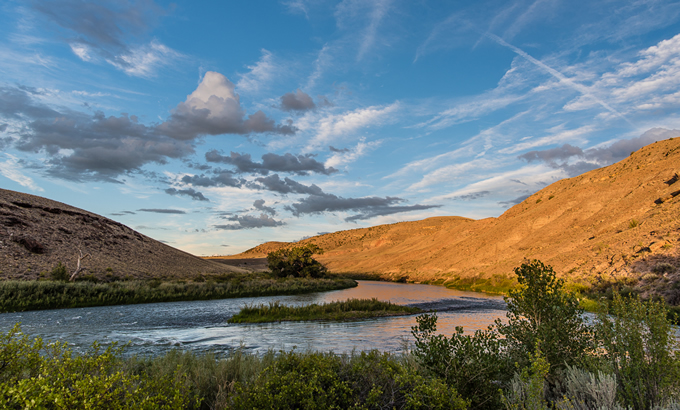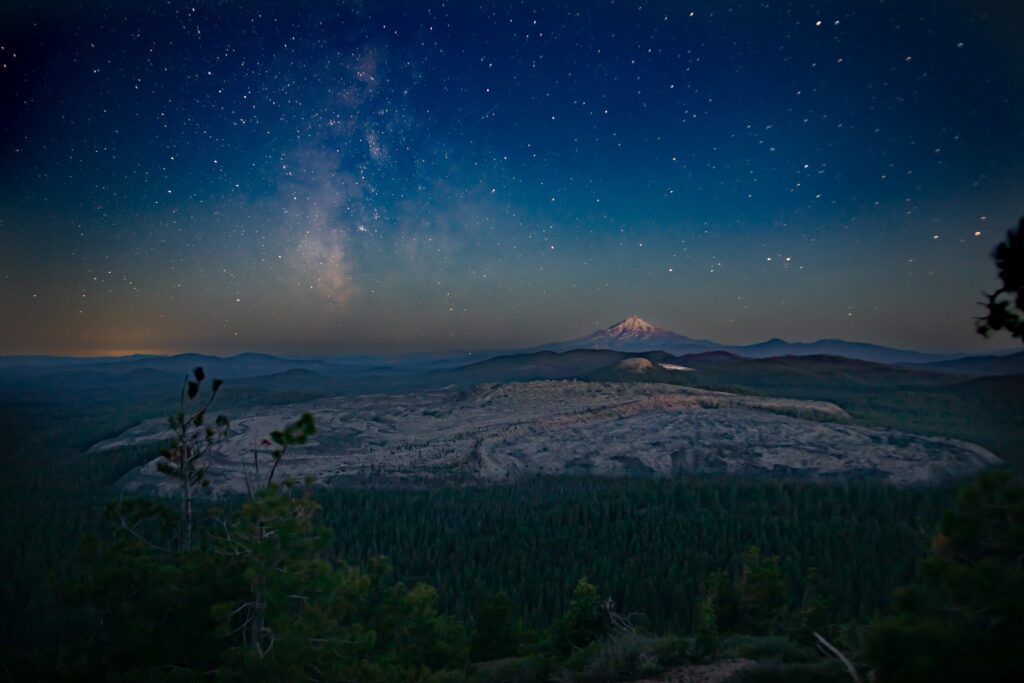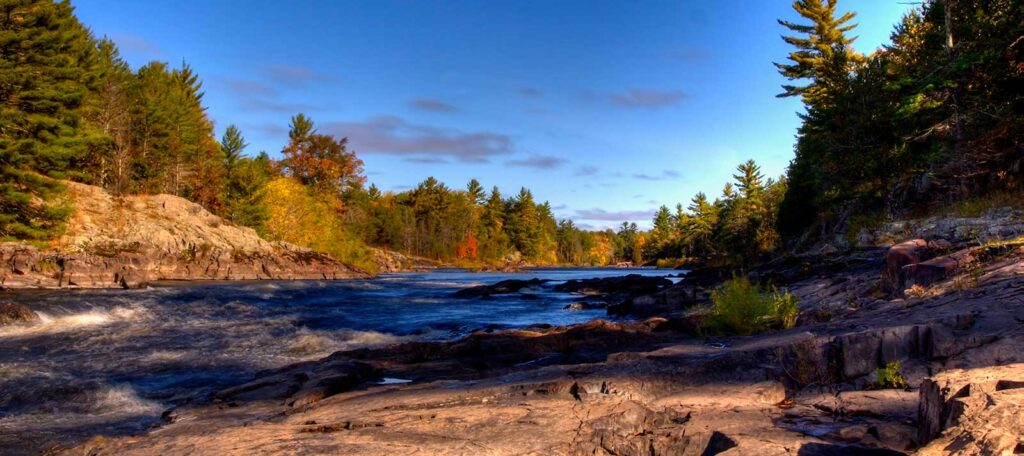We Are Rivers Podcast: Law of the River
Managing the hardest working river is no easy task. Join us as we discuss the challenges, successes, and collaborations that have occurred to both harness and protect the bounty that is the Colorado River.
By
Fay Hartman |
August 2, 2017
One of the most complex river systems in the country, the Colorado River, journeys 1,450 miles through seven states, two countries, and supports 36 million people. Its water forms the foundation for agriculture, recreation, industry, and municipalities, from Denver to Tijuana, and fuels a $1.4 trillion annual economy.
Managing the hardest working river is no easy task.
More than a century ago, populations across the west were booming. The seven states dependent on the Colorado River recognized the need to formally divide it, ensuring everyone received an appropriate amount of water. Ratified in 1922, the Colorado River Compact marked the beginning of how and why the Colorado River is managed as it is today. However, the Compact’s underlying analysis was based on one of the wettest 10-year periods in history; meaning that the Colorado River Compact is actually based on an allocation of water that isn’t there. And never will be there in any reliable way.
But the Compact is only one thread in a much larger story. Because the whole basin’s demand for water is higher than what it can supply, the Colorado River has become both one of the most stringently managed, as well as aggressively disputed, rivers in the world. There are numerous other compacts, federal laws, court decisions, decrees, contracts, and guidelines that have been developed since the 1922 compact that dictate the challenging management of the Colorado River; these are collectively known as the “Law of the River.”
Join us this week and next on the We Are Rivers: Conversations about the Rivers that Connect Us podcast, where we chat with John Fleck and Amy McCoy, both respected voices about the “Law of the River,” and the challenges, successes, and collaborations that have occurred to both harness and protect the bounty that is the Colorado River.




